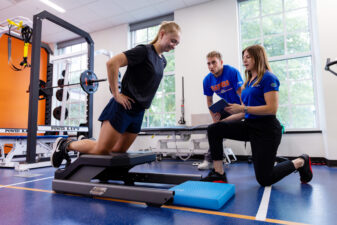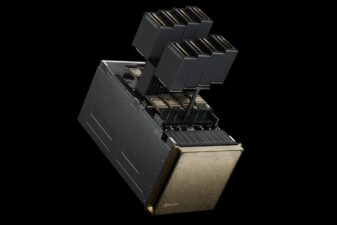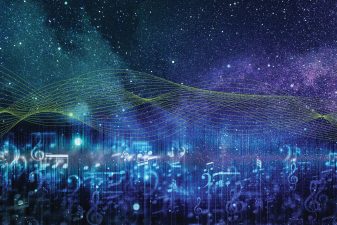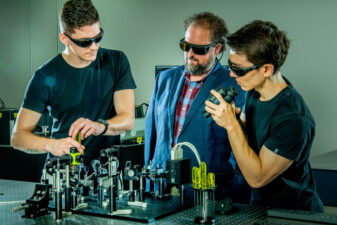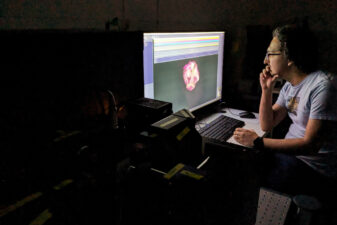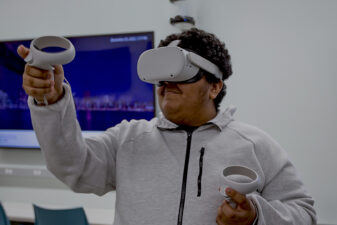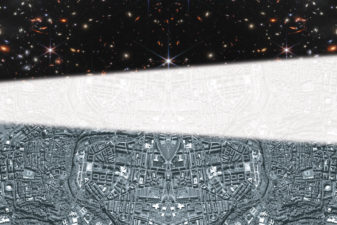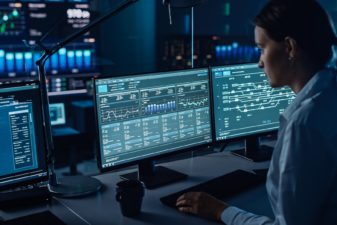W hen Chimay Anumba became dean of UF’s College of Design, Construction and Planning in Fall 2016, one need was...
I magine every member of the Florida Gators football team wearing a wireless sensor during practices and games that uses...
The University of Florida Board of Trustees today approved investing $24 million to acquire a more advanced version of UF’s...
UF cybersecurity professor Kevin Butler developed the framework, which spells out guidance for countries to prevent fraud and abuse on...
How do you capture the sound of the stars? That was the challenge placed before composer Tina Tallon — for the score...
When the United Nations, the American Academy of Pediatrics or The Wall Street Journal need insight on sharenting — the term coined...
A visibly nervous man is stopped at a border crossing in eastern Europe. Authorities find a glass tube filled with...
Not every microscope is created equal. The trick is finding the right one, and sometimes that means starting from scratch. ...
In a small private school in Jacksonville, a teenager put on a virtual-reality headsetfor the first time. Immersed in another...
UF astronomy Professor Rafael Guzmán has spent his life looking up at the stars, but it took just one question...
High-impact research is in full swing on the University of Florida’s powerful supercomputer, with faculty and students from across the...
From the shutdown of an oil pipeline to disrupted access to government, business and healthcare system databases, high-profile cyberattacks in...


